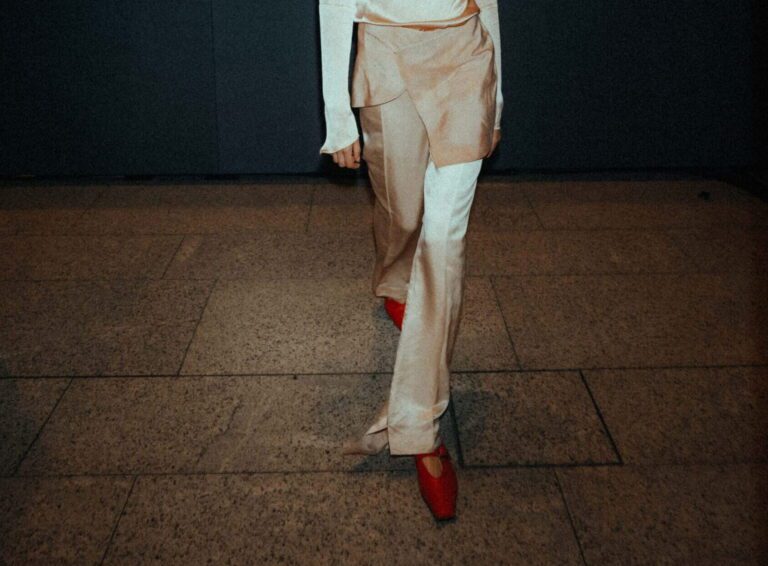Social Capital Through the Viewfinder of a Vintage Camera
As part of our fashion-political design project “Status wo?” at HTW Berlin, we had the unique opportunity to express our creativity not only through fashion but also through the lens of a vintage camera. This experiment added a special touch to our exhibition, which took place from July 28 to 29, 2023, at Platte Berlin.
A Glimpse into the Past
Thanks to the generous initiative of Teresa Fischer Studio, we were introduced to the fascinating world of amateur working-class cameras from the 1930s and 1950s. Each of us received one of these cameras for three days – an exciting challenge that took us far beyond our usual digital comfort zones.
The task? To capture the essence of our project in just eight shots. It was an exercise in precision, patience, and creative foresight.
My Analog Interpretation of Social Capital
For me, this was the perfect opportunity to visually implement my idea of social capital. My vision was to put my designs in the foreground while simultaneously depicting people as living social capital – in motion, present, but often blurred or in the background. This combination was meant to illustrate the symbiosis between my fashion and the people who work behind the scenes and give it context.
The result? Three successful shots that surprised me with their expressiveness:
A sharp portrait of model Melina Geishirt Eduardo, surrounded by people in the background – a clear representation of the individual within the social fabric.
A double exposure with models William Gimenez and Melina Geishirt Eduardo, blurred, with a man walking through the frame – a serendipitous artwork capturing the transience of social interactions.
William Gimenez, surrounded by a crowd – an image symbolizing the embedding of the individual in their social environment.
Reflection on the Experiment
This analog experience was more than just a photographic experiment. It forced us to carefully reconsider every shot and made the process of photography a conscious act. The uncertainty of whether the images would turn out mirrored, in a way, the unpredictability of social relationships.
The results thrilled me. The vintage cameras captured an aesthetic that perfectly matched our theme – slightly blurred, nostalgic, yet full of life. They showed that social capital is not always sharply defined, but often consists of fleeting moments and blurred connections.
A New Perspective on Fashion and Society
This project, part of our larger “Status wo?” exhibition, prompted reflection on classism in the fashion industry. It raised questions such as: Who can study fashion? Who can make and acquire what kind of fashion?
Through the lens of these old cameras, these questions gained an additional dimension. The analog images reminded us that fashion and social status don’t just exist in the present, but also have a rich history.
Conclusion
The combination of fashion design and analog photography has given me a new perspective on my work and its place in society. It was a valuable experience that helped me grow as a designer and broadened my view of social capital in fashion.
This experiment has shown that sometimes taking a step back – in this case, to older technology – can move us a step forward in our creative and critical thinking.







